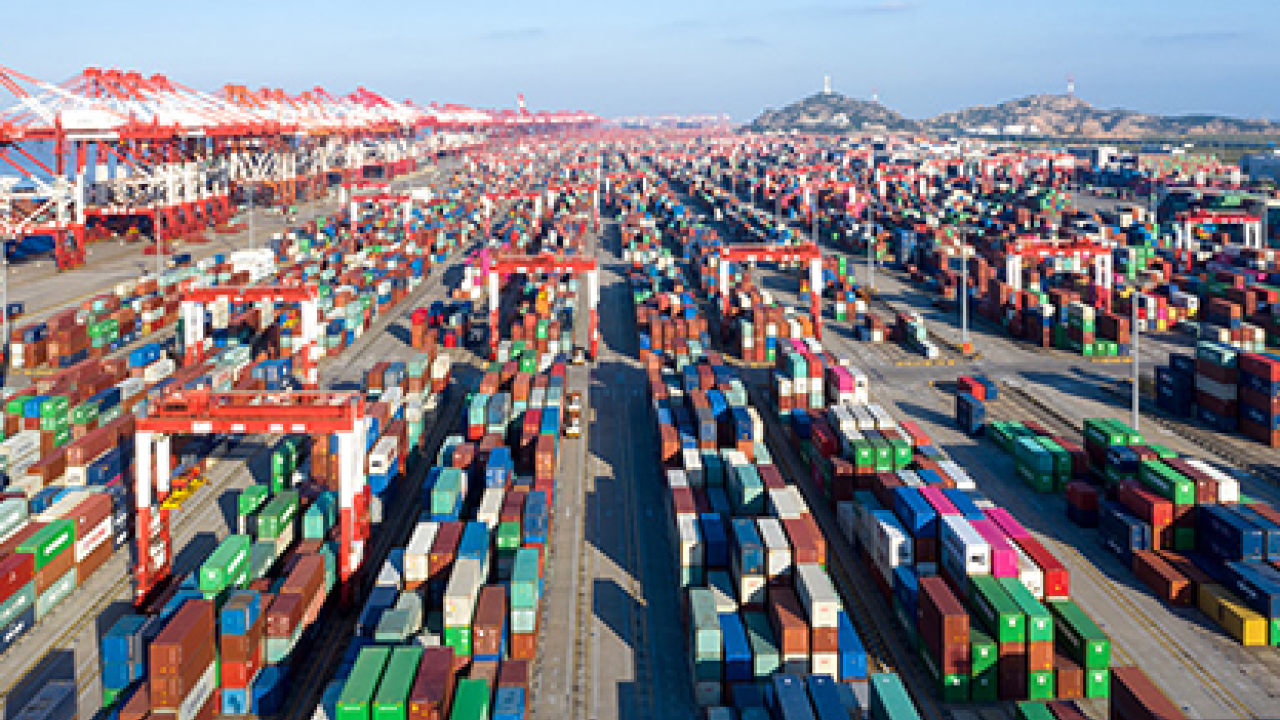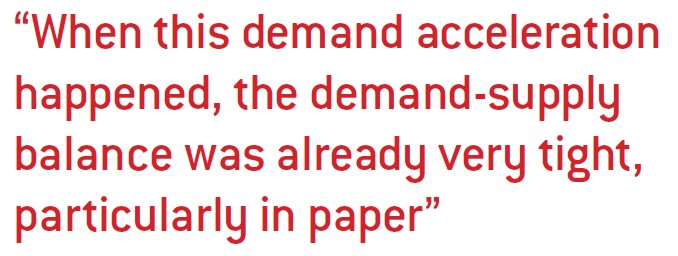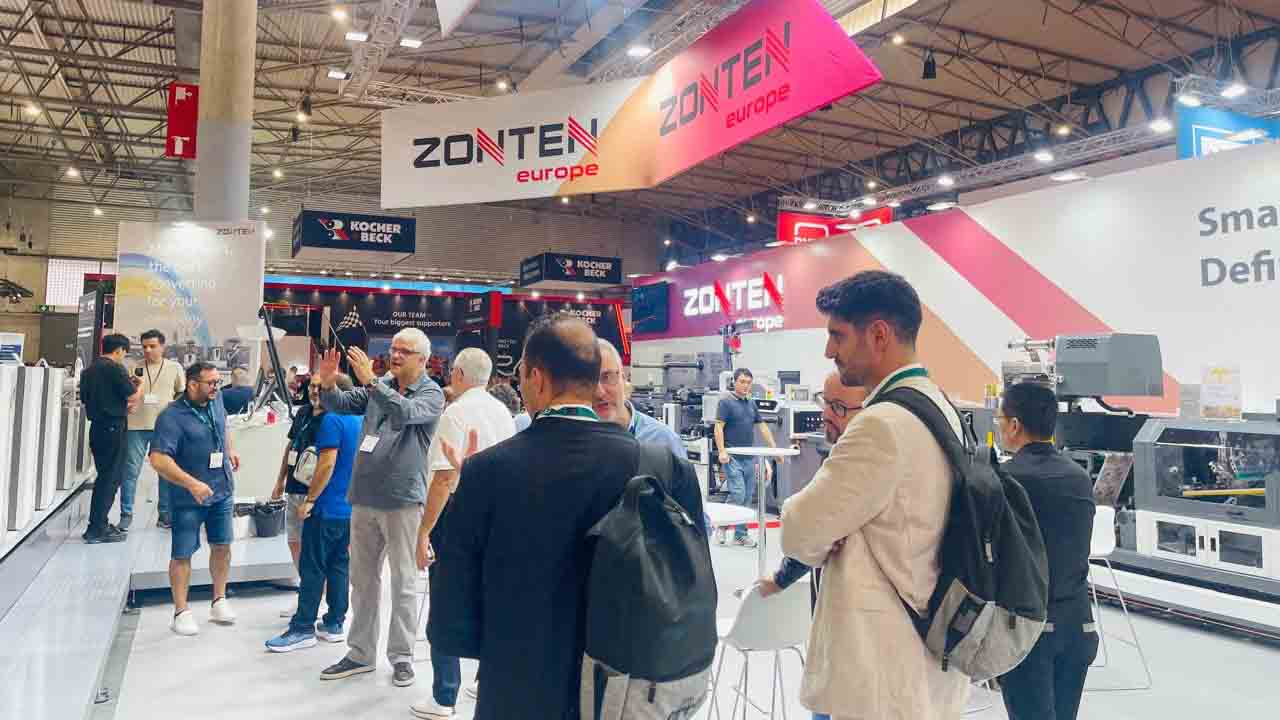AWA event puts spotlight on supply chain disruption

With perspectives from speakers across the industry, from supplier to converter to the associations, the ongoing materials shortages and the Finnish Paperworkers’ Union strike were talking points throughout the Forum.
‘Since Europe is, at the moment, in the spotlight, I would characterize it as a sentiment of growing frustration. And not only in the timing, but also the duration of the strike,’ said Jules Lejeune, managing director of Finat, while in a panel discussion with Linnea Keen, president of TLMI, and Corey Reardon, president and CEO of AWA.
This sentiment was echoed by others during the Forum.
Jeroen Diderich, vice president and general manager of Avery Dennison, said, ‘Particularly after the last two challenging years, we were aiming for a little more of a stable environment. And we were expecting that, by the middle of this year, we would get back to normal lead times and more normalized status, we were clearly very disappointed.’
Keen, during the panel discussion, spoke about how lead times have recently been extended across the market to a point unseen before.
‘The lead times from the suppliers almost now in every single category – from small, mid-size, medium, and large – is three weeks or more. We have not seen that yet ever before,’ said Keen. ‘So, it is showing that the four-, eight-, or twelve-week lead times are certainly out of sync with their customers.’
According to Lejeune, these lead times are much longer in Europe, with some figures reaching three-to-four months. And these lead times have extended across the industry, to all substrates and formats.
Multiple factors
These shortages and increased lead-times, however, didn’t happen in a bubble.
According to Diderich, several years’ worth of increased consumer demand, lack of investment on the supplier side, and unpredictability over the past few years, especially during the peak of the pandemic, have added to the shortages the industry has recently been facing.
‘When this demand acceleration happened, the demand-supply balance was already very tight, particularly in paper and in North America,’ said Diderich. ‘Although the industry is very healthy, we have seen a lack of investment in our supplier base for a number of years. In Europe, we saw that several papermills were able to allocate their capacity to either face paper or liner, but in North America, that did not happen.
‘In 2018, we saw the first plants moving capacity over to other packaging materials and we saw some plant closure. But the industry was just not prepared for this 20 percent growth.’
Mike Apperson, CEO of Resource Label Group, during a discussion with Reardon, also spoke of the rapidly increasing demand seen over the past few years, saying, ‘Covid threw all the traditional demand patterns into a frenzy.’
Apperson added that inflationary pressure, difficulties of finding and maintaining talent, and, ultimately, the paper shortages have put mounting pressure on both suppliers and converters across the supply chain, making the challenges difficult to keep up with.
As the shortages have recently made paper much more difficult to acquire, the possibility of some converters searching for alternatives has been looking much more likely, according to Keen. ‘This industry, while it’s resilient, is also innovative,’ said Keen. ‘They’re going to come up with other solutions. Some of it will divert away from label and some of it will divert away from paper. And there’s a chance they won’t come back.’
Apperson had a similar point of view in a later session, saying, ‘Right now, if we’re going to have anything to sell so we can get products on the shelves, we’re going to have to move things to PET. I think, long term, that’s going to be a loss for paper. When people convert to PET, it’s oftentimes a one-way street.’
At Avery Dennison, Diderich says it has already begun leveraging the products that are more readily available for its customers, securing a steady supply of PET liner and assisting customers in switching over and managing the orders to ensure that the over-purchasing of product is limited to keep the supply steady for its base.
Avery Dennison also recently acquired the linerless label technology developed by UK-based company, Catchpoint. Diderich said the company hopes to provide a linerless product to its customers in the future, but does not believe that the technology will be a replacement for the traditional pressure-sensitive label.
Reardon added that though the linerless label market is an area that AWA has seen growth and says is an area companies should watch, it won’t disrupt the whole pressure-sensitive label market.
As for when the industry can expect the disruption to end, the answer is unclear.
‘Month by month, you saw a light at the end of the tunnel, with more and more suppliers getting out of force majeure status. So, the outlook was hopeful,’ said Diderich. ‘Now with the paper situation, we are unfortunately not at that stage anymore, it’s hard to see the light at the end of that tunnel.’
Regarding the ongoing strikes and the effects on not just the label industry but across other global markets as well, Lejeune said, ‘Our members are working hard to make sure that they can provide the necessary supplies and they are innovative and creative in finding solutions, but this cannot last much longer. And even if this would end now, it would take months for things to get back to normal.’
Stay up to date
Subscribe to the free Label News newsletter and receive the latest content every week. We'll never share your email address.


